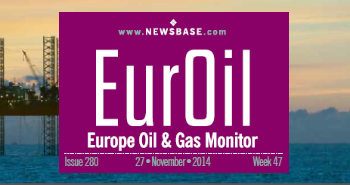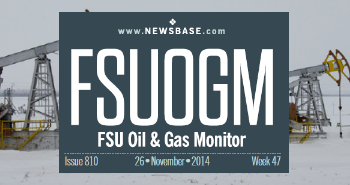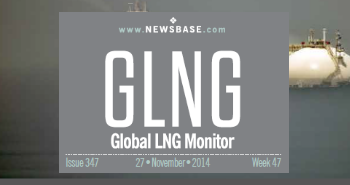ENERGY CRISIS: Bruegel gas use tracker shows a tight market but falling EU consumption

This winter is going to be tough. An energy crisis has already led the EU to spend over half a trillion euros on relief and support. Only last week Germany announced a new €200bn package to deal with the crisis that comes on top of the €80bn it has already spent. And the IMF predicts that a third of the world’s nations have already gone, or will go, into recession in the next 12 months. At a recent summit the EU estimates that the bill could rise to €2-4 trillion by the end of 2023. Record high gas prices is a major contributing factor to all these problems, especially in Europe.
“The energy crisis, especially in Europe, is not a transitory shock. The geopolitical realignment of energy supplies in the wake of the war is broad and permanent. Winter 2022 will be challenging, but winter 2023 will likely be worse,” Pierre-Olivier Gourinchas, the Director of Research of the IMF, said in a recent blog.
The EU is taking action. The gas storage tanks are now over 90% full just before the heating season starts and, depending on the weather, it seems that Europe can squeak though this winter. A key element will be for Europe to reduce its gas consumption as relatively small reductions make a big difference to the volumes of gas needed. European Commission President Ursula von der Leyen championed a plan to reduce gas consumption by 15% in July in an effort to keep the lights on but while she wanted the reductions to be mandatory and EU-wide in the end the plan was massively watered down, with 17 out of the 27 member states receiving exemptions or calve outs.
Belgium-based think-tank Bruegel has been tracking gas consumption and reports that so far Europe has managed to reduce gas consumption by 7%, which will help.
“So far in 2022, we estimate that EU natural gas demand (which does not include storage filling) has declined 7% compared to the average from the period 2019 to 2021,” Bruegel said in a report. “Demand in August 2022 was 23% down. Most of this reduction was driven by industry, as households do not consume much gas in September and gas reductions were not apparent in the power sector. For the winter, actual household demand reductions and the lowering of gas-burn in the power sector (through fuel switching or electricity demand reduction) will determine by how much industrial gas demand will have to be cut.”
Drilling into the details and the size of gas consumption reduction comparing the 2019-2020 average and 2022 year to date varies widely between countries. The Baltic states and Sweden have all managed to cut their gas consumption by more than 20%, while those states that import no Russian gas – especially Spain and Portugal – have seen barely any change; indeed, Spain, Greece, Slovakia and Croatia have all increased their gas consumption mildly in 2022 compared to the previous two years.
From the two really big gas consumers, Italy and Germany, the former has made very little reduction (-2%), while the former has cut gas use by more than the EU average (-11%).
According to Bruegel most of the big gains in reducing gas consumption have been made by industry and households, with Finland, the Baltics and Sweden standing out, where industry and households account for almost all the savings. The laggards are Spain, Austria, France, Greece, Croatia and Portugal, where power generation has caused an increase in gas consumption.
However, as bne IntelliNews reported, Portugal, Spain and Greece do not consumer Russian gas and Portugal in particular is almost entirely dependent on LNG imports under long-term contracts signed well before the energy crisis started, and so has been insulated from the soaring price of gas.




Follow us online